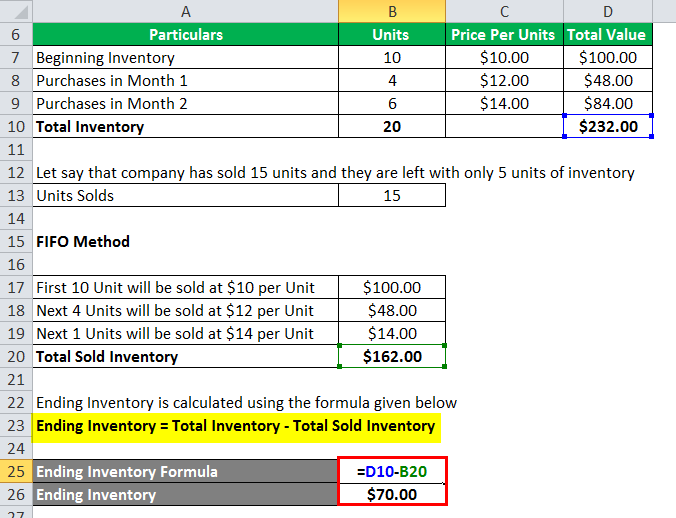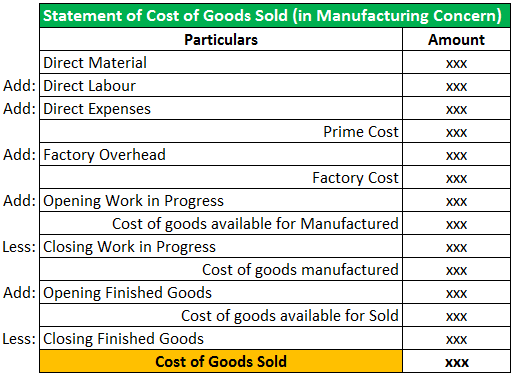Here’s a simple guide to the bookkeeping, accounting, and tax side of things. Your best bet is to find a local accountant who can take on the tasks you need, who will only charge you hourly for the work you need. If the relationship is no longer providing value, or expectations are starting to fall short, you may want to take corrective action. This might include revising the SLA, or potentially scrapping it altogether.
How do you Find the Right Accounting Services?
The majority of companies that work with an outsourced accounting firm do so on an ongoing basis. At first, there may be a lot of work in building the financial infrastructure and accounting services. But after this initial set-up period, the relationship typically reverts to a stable monthly business cycle. One of the critical aspects of outsourcing accounting is its scalability and flexibility. Outsourcing enables organizations to adapt to the changing requirements of their finance and accounting functions.
Utilizing accounting software is a crucial aspect of outsourcing accounting services. Software such as QuickBooks and NetSuite offer a range of tools that streamline and automate accounting processes, increasing accuracy and efficiency. Let’s take a look at some common outsourced accounting myths and explore how outsourced when the irs classifies your business as a hobby accounting service providers like our team at LBMC are addressing them to build a better client experience.
Access to technology:
That cost comprises not just salary, but additional direct costs including employer payroll taxes, workers’ compensation, medical insurance, retirement plans and other benefits. And don’t forget the time and expense involved to place classified ads, as well as interview, screen, test and train an employee. Our virtual, outsourced accounting service fees are extremely competitive by comparison.
When Should You Consider Hiring External Services?
This includes QuickBooks, which offers bookkeeping courses and certifications that grant business owners a solid foundation of financial knowledge to help them succeed. A team of accounts can help you through your quarterly tax requirements and annual tax filing. Instead, a bookkeeper should track everything in a program like QuickBooks to hand over to your accountant when the time comes.
- It’s easy to think that the CFO role is a position reserved for larger companies, but that doesn’t have to be the case.
- Additionally, ensure that the provider values transparent and timely communication to guarantee smooth collaboration and seamless integration.
- It’s the job of the CFO to uncover these inefficiencies and implement strategic changes to remedy them.
- But the fact that public companies are embracing outsourcing shouldn’t dissuade you from exploring outsourcing elements of your own business.
- There’s also the consideration that an outsourced controller has many additional skills that can benefit your business.
- Without strong bookkeeping, it’s impossible for business owners to understand the financial position of their business, forecast budgets, or understand their cash position.
An accountant is an important resource, not only at tax time but also for regular financial planning and forecasting. While most small businesses don’t need to hire an accounting professional full time, that doesn’t mean you should do it yourself. It’s true that many large companies outsource portions of their operations, although accounting is typically one of the areas that tends to be handled by internal teams. But the fact that public companies are embracing outsourcing shouldn’t dissuade you from exploring outsourcing elements of your own business. Your company can gain game-changing financial insights and unlock benefits including increased cash flow and higher profit margins. If that sounds like something you’d be interested in, read on to learn all about outsourced accounting.
Maintaining Compliance in Financial Operations
The adoption of cloud-based solutions has enabled real-time access to financial records, improved data integration, and minimized the risks of data loss or security breaches. There are a number of benefits that businesses can realize from partnering with an outsourced accounting services firm. At a high level, working with an outsourced accounting services firm allows businesses to embrace high-quality accounting processes at a fraction of the cost of managing these processes with an internal team. This approach not only reduces costs but also provides access to specialized expertise and technology, ultimately leading to more informed decision-making and greater profitability. Recruiting, onboarding, and managing an internal finance and accounting team takes up a significant amount of time.











